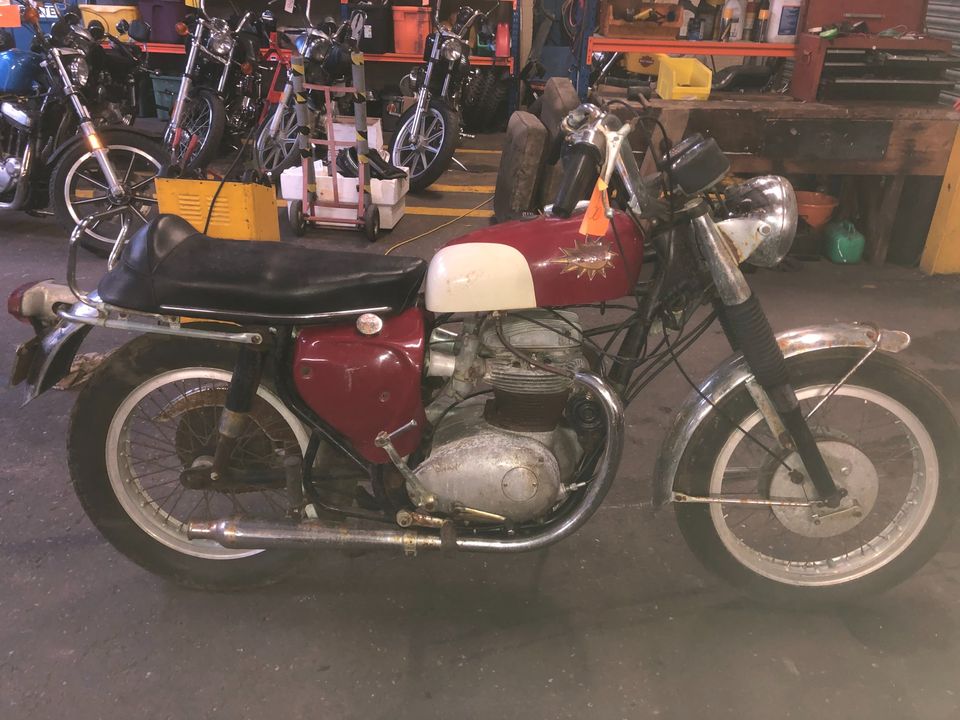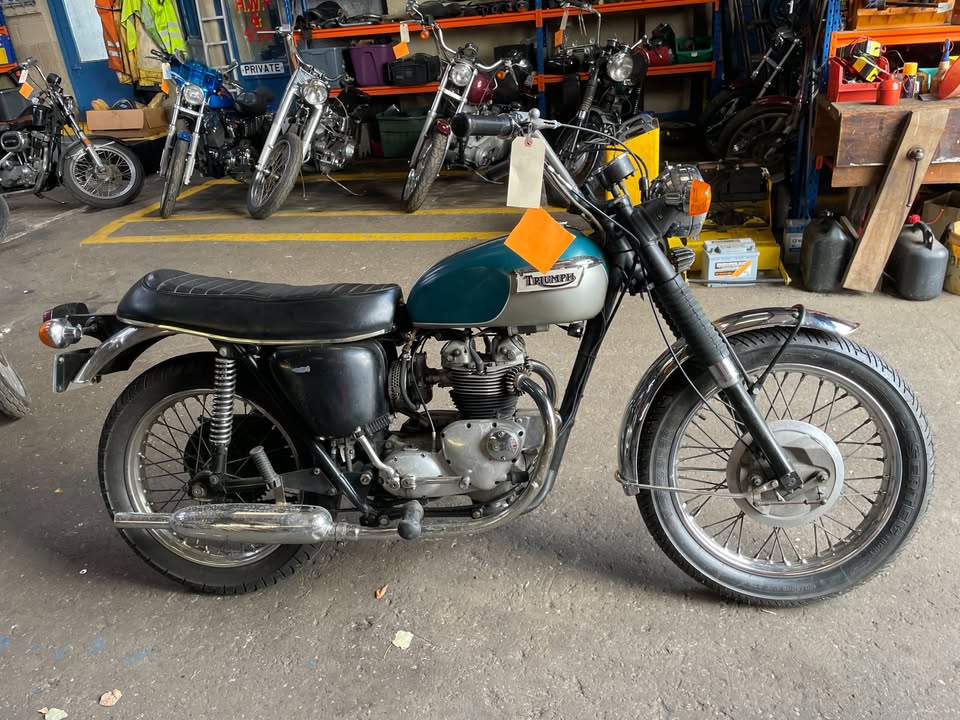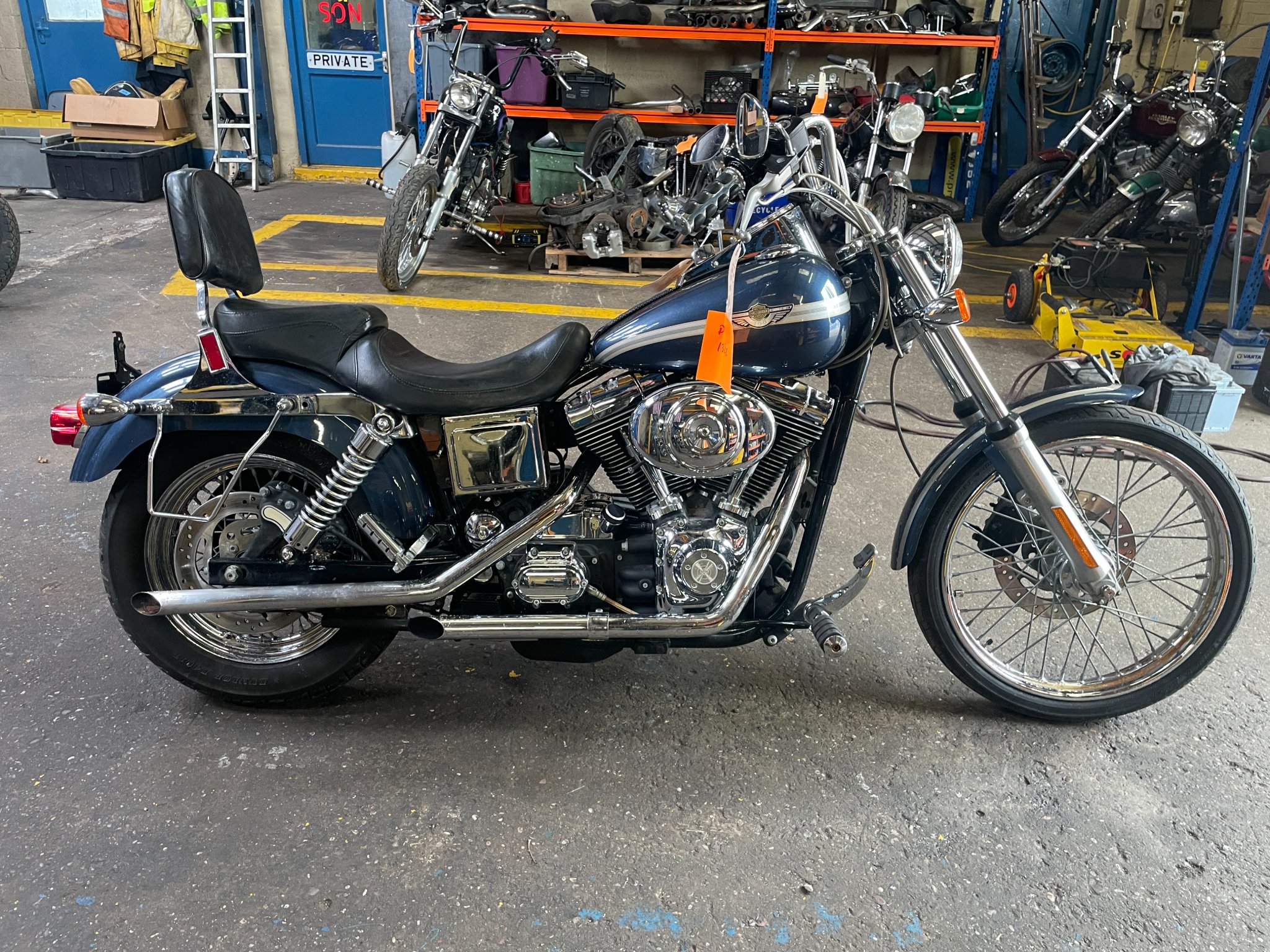Classic and Classy Motorcycles Ltd
Vintage and Classic Motorcycle Importers
1967 BSA 650cc A65SA Spitfire MK111 Project

Exploring the 1967 BSA A65SA Spitfire Mk III: A British Motorcycling Icon
Introduction
The 1967 BSA A65SA Spitfire Mk III stands as a testament to the engineering prowess and cultural impact of British motorcycles during the 1960s. As a project bike, it represents not just a restoration opportunity but a chance to reconnect with a golden era of motorcycling history. This article explores the Spitfire Mk III's historical context, specifications, technical advancements, and its enduring legacy in the motorcycling community.
Historical Context
Amidst the competitive landscape of the 1960s, the BSA A65SA Spitfire Mk III emerged as one of the most potent machines of its time. Designed for performance and speed, the Spitfire Mk III was BSA's answer to the growing demand for faster, more reliable motorcycles. This era saw BSA at the height of its powers, dominating race tracks and winning the hearts of motorcycle enthusiasts worldwide.
Specifications and Technical Advancements
- Engine: The Spitfire boasted a 650cc twin-engine, known for its power and reliability. This engine set the standard for performance in the mid-60s.
- Frame and Design: With its distinctive design, the Spitfire Mk III featured a lightweight frame that contributed to its agility and speed. The integration of chrome and bold colors in its design reflected the aesthetic trends of the era.
- Technical Features: The Mk III model introduced several advancements, including an improved Amal carburetor for better throttle response, a twin-leading shoe front brake for enhanced stopping power, and high-performance camshafts that pushed its capabilities on the racetrack and on the street.
Cultural Impact and Legacy
The BSA A65SA Spitfire Mk III was more than just a motorcycle; it was a symbol of freedom and rebellion during the 1960s. Its popularity among riders and racers alike contributed to the cultural phenomenon that motorcycles became during this era. Today, the Spitfire Mk III is highly sought after by collectors and enthusiasts, revered for its history, performance, and the sense of adventure it embodies.
Conclusion
The 1967 BSA A65SA Spitfire Mk III Project remains a fascinating restoration prospect and a cherished classic. Its blend of performance, style, and historical significance continues to capture the imagination of motorcycle enthusiasts around the globe. As a piece of motorcycling heritage, the Spitfire Mk III not only highlights BSA's legacy but also the enduring allure of British motorcycles.
Find Classic Motorcycles
Stay in the loop - Subscribe for Updates
One email notification a month when a new shipment arrives.
 1971-Triumph-500cc-T100c-Tiger-Ref-1561
1971-Triumph-500cc-T100c-Tiger-Ref-1561 2003-Harley-Davidson-Anniversary-Dyna-Wide-Glide-FXDWG-1450cc-Ref-D1322
2003-Harley-Davidson-Anniversary-Dyna-Wide-Glide-FXDWG-1450cc-Ref-D1322